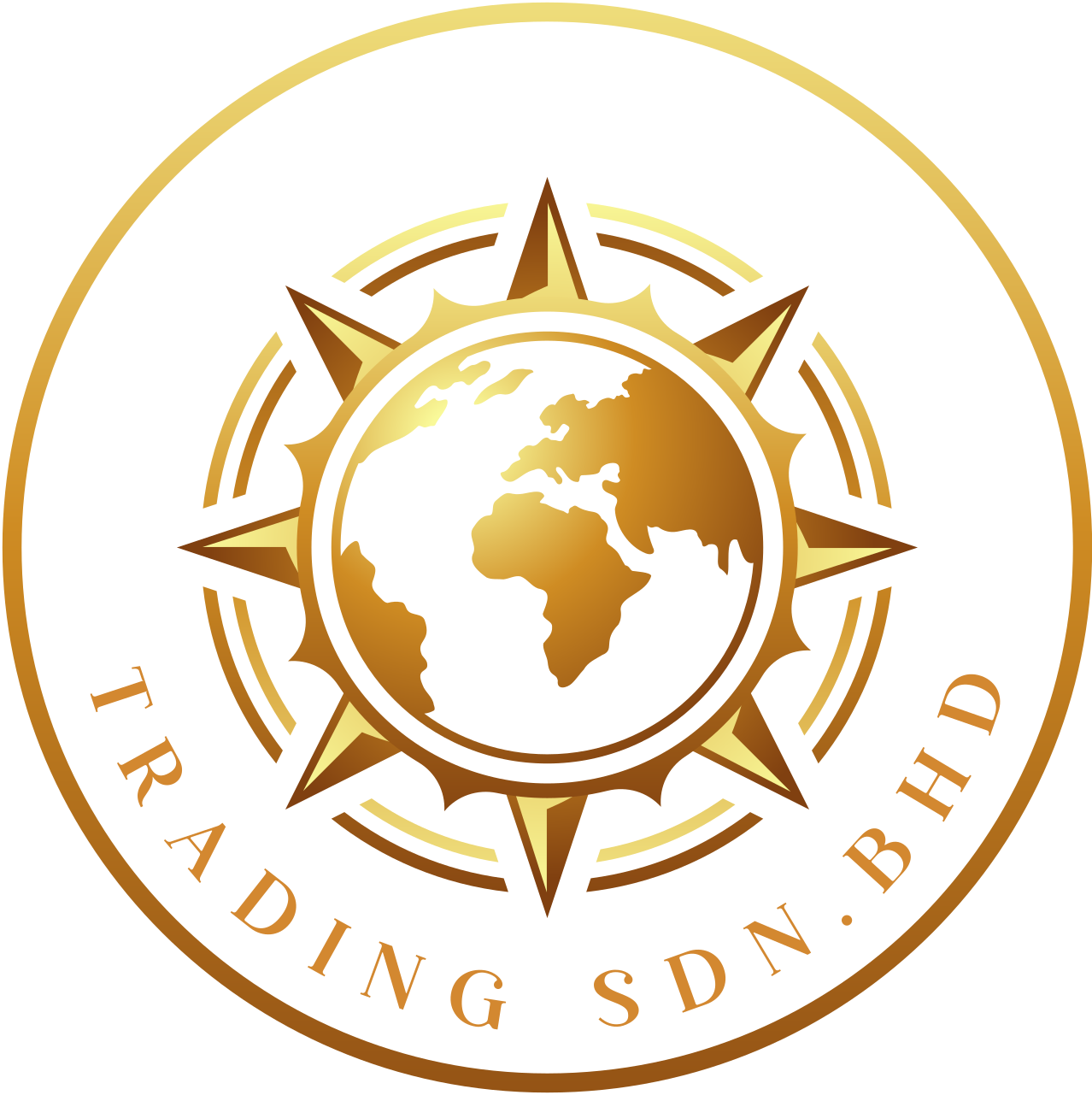Introduction
Let’s face it—Malaysia’s roads are the veins of its economic lifeblood. From bustling highways in Kuala Lumpur to rural tracks in Sabah, bitumen is the binding force under every wheel. But not all bitumen is created equal. Understanding the different types of bitumen used in road construction in Malaysia is key for engineers, contractors, and anyone passionate about strong, sustainable infrastructure.
What is Bitumen?
Bitumen is a black, sticky, semi-solid form of petroleum. It’s what gives asphalt its binding strength. Produced during the distillation of crude oil, bitumen has water-resistant and adhesive properties, making it perfect for road construction.
Bitumen in Malaysian Road Construction
Malaysia’s humid, tropical climate poses a unique challenge. Roads must endure high rainfall, blazing temperatures, and heavy traffic, especially in urban areas. So, the selection of bitumen here isn’t random—it’s a calculated decision based on performance, durability, and cost.
Main Types of Bitumen Used in Malaysia
Penetration Grade Bitumen
This is Malaysia’s go-to bitumen, especially for traditional road projects. It’s graded by how deep a needle penetrates it under controlled conditions.
- Common Grades: 60/70 and 80/100 are most used.
- Best For: Roads in regions with moderate traffic and less temperature fluctuation.
- Why It’s Used: Easy availability and cost-effectiveness.
Viscosity Grade Bitumen
VG Bitumen is a more modern take. It’s categorized by how it resists flow at a specific temperature.
- Types: VG-10, VG-30, VG-40
- Benefits: Better performance in hot Malaysian weather, longer lifespan.
- VG-30 is especially popular in Malaysia for highway projects.
Polymer Modified Bitumen (PMB)
Think of PMB as bitumen on steroids. Polymers are added to enhance elasticity and resistance.
- Common Polymers: SBS (Styrene-Butadiene-Styrene), EVA (Ethylene Vinyl Acetate)
- Use Case: Heavy-traffic zones, expressways, airport runways
- Advantage: Superior strength, flexibility, and weather resistance
Cutback Bitumen
This type is mixed with solvents to reduce viscosity for easy application in cold weather.
- Use Case in Malaysia: Rare, but used in remote or emergency projects.
- Downside: Volatile organic compounds (VOCs) make it less eco-friendly.
Emulsion Bitumen
Bitumen + water = bitumen emulsion. Ideal for surface dressing and cold applications.
- Types: CRS (Cationic Rapid Setting), CSS (Cationic Slow Setting), SS (Slow Setting)
- Use Case: Rural and village roads, pothole patching
- Eco Advantage: No heating needed—lower carbon footprint
Emerging Trends in Bitumen Technology
Warm Mix Asphalt (WMA)
This uses additives or foaming to lower the mixing temperature.
- Benefit: Saves fuel, reduces emissions
- Growing Trend: Being tested in Malaysian pilot projects
Crumb Rubber Modified Bitumen (CRMB)
Recycled rubber + bitumen = eco-warrior material.
- Why Use It? Enhances elasticity and durability
- Bonus: Promotes sustainability in road building
Choosing the Right Bitumen in Malaysia
Selecting bitumen isn’t just a technical decision—it’s strategic.
- Weather: Penetration grade may fail in extreme heat
- Traffic: PMB suits expressways better
- Budget: Emulsions and VG bitumen offer mid-range affordability
- Regulations: Must meet JKR (Public Works Department) specifications
Challenges in Bitumen Supply and Use
- Imports: Malaysia imports a significant portion from the Middle East
- Logistics: Port congestion and fuel costs affect prices
- Quality: Ensuring consistency remains a priority
Major Bitumen Suppliers in Malaysia
- Persa Exim – known for its consistent VG-30 supply
- Shell Bitumen – global reputation and local presence
- Aljabal Holding – a growing exporter catering to Malaysian road projects
Future Outlook
Malaysia is steering toward greener, smarter infrastructure. Expect to see more use of PMB, WMA, and CRMB in urban megaprojects. And with climate challenges mounting, innovation in bitumen is not optional—it’s essential.
Conclusion
From simple village paths to six-lane highways, bitumen holds Malaysia together. Knowing which type of bitumen to use—whether it’s penetration grade, VG, PMB, or emulsion—can make or break a road’s performance. As infrastructure evolves, so must the materials that build it.
FAQs
1. What’s the best bitumen for highways in Malaysia?
Polymer Modified Bitumen (PMB) is ideal due to its strength and flexibility, especially in high-traffic zones.
2. How is polymer modified bitumen better than regular bitumen?
PMB resists cracking, rutting, and moisture damage, making it suitable for challenging climates.
3. Can Malaysian bitumen roads handle heavy rain?
Yes—if the right type, like VG-30 or PMB, is used with proper drainage design.
4. Are bitumen emulsions eco-friendly?
Yes! They require no heating, which reduces energy use and emissions.
5. How is bitumen priced in Malaysia?
Prices fluctuate based on global crude rates, transport costs, and grade type (VG, PMB, etc.).
